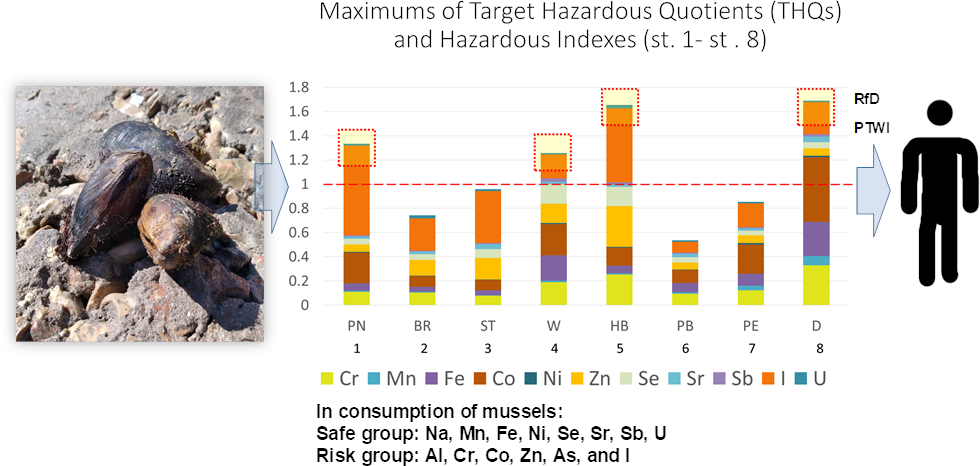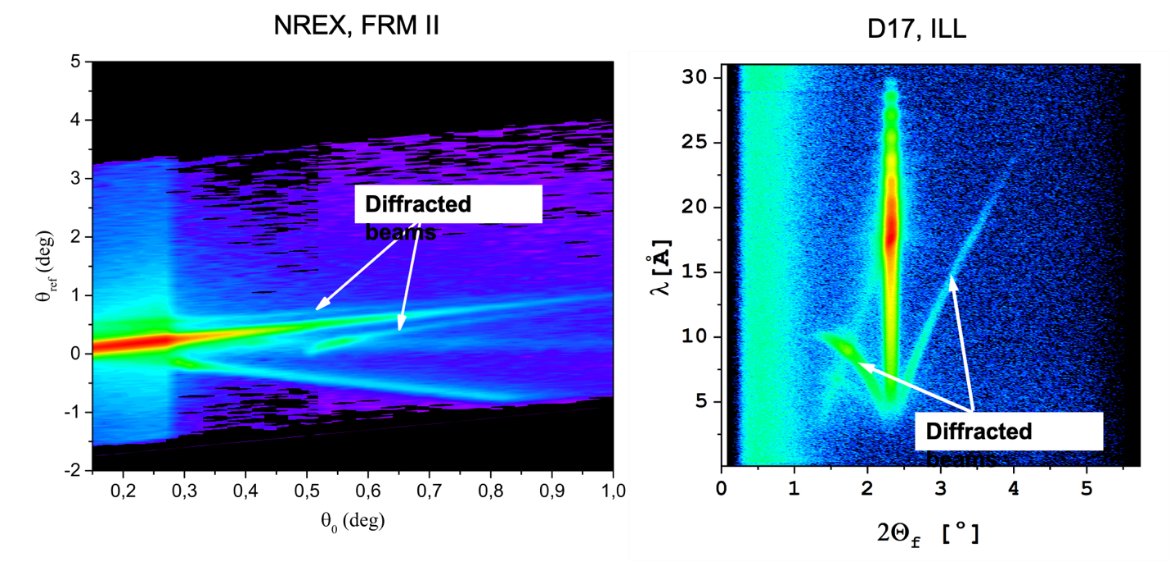- Details
"Specifying high energy tail of 235-U, 239-Pu and 252-Cf prompt fission neutron spectra" focused on proposed experiment"
Martin Schulc
A better knowledge of the prompt fission neutron spectrum (PFNS) from Pu-239 neutron induced fission is important for high-burnup fuels and new generation reactors. This is especially true when considering neutron radiation damage from the PFNS high-energy tail, which can be improved thanks to the measurements of spectrum-averaged cross section (SACS) of well-known high-threshold dosimetry reactions. No SACS measurements exist in Pu-239(nth,f) prompt neutron field. In the latest IAEA evaluation, the extrapolation of Pu-239(nth,f) PFNS to outgoing energies above 8 MeV is based on SACS estimated by interpolation between SACS measured in U-233, U-235 and Cf-252 prompt neutron fields. Proposed experiment focuses on the measurement of SACS in Pu-239 PFNS since there are no experimental data. The Research Centre Rez expert team measured and published many SACS in U-235, and Cf-252 prompt neutron fields.


- Details
Angular distributions and yields of the gamma quanta emitted in reactions with 14.1 MeV neutrons
(TANGRA project)
N.A. Fedorov
Information about the yields and angular distributions of the gamma quanta emitted by inelastic neutron scattering is important for fundamental and applied science. The yields are needed for evolving rapid elemental analysis techniques, on other hand, yields and angular distributions can be useful in testing theoretical models. On this seminar the measured angular distributions and yields of gamma quanta the TANGRA facility (TAgged Neutrons and Gamma RAys), as well as the features of experimental data processing will be discussied.
A notable feature of the TANGRA project is the usage of industrial neutron generators with the possibility to tag neutrons as neutron sources, which makes it easy to change the geometry of the experiment and test various configurations of the detector systems in order to study various processes.
The tagged neutron method (or associated particle method) (TNM) makes it possible to significantly reduce the background level in the investigated gamma spectra, since it allows one to separate events corresponding to the reactions inside the sample from the background ones caused by reactions in the structural elements of the facility and the surrounding objects by the neutron time of flight.
- Details
"Neutron Activation Analysis of the samples of molluscs: the features and application"
Nekhoroshkov P. S., Bezuidenhout J., Frontasyeva M. V., Zinicovscaia I. I., Yushin N. S., Vergel K. N., Petrik L.
During several years, the neutron activation analysis at the REGATA facility of the IBR-2 was successfully used for estimation of concentrations of macro- and microelements in the samples of mussels and oysters from coastal zone of the South Africa. The ability of the method to determine the element-markers of anthropogenic (Zn, As and Br) and terrigenous component (Sc, Ti, Th) in the soft tissue and shells of molluscs in complex biomonitoring studies was shown. In addition, the differences of accumulation of elements by alien species and indigenous species were found.
The human health risks in mussels consumption (based on guidelines of WHO JECFA, IRIS EPA US) were assessed for such elements as Al, Cr, Mn, Fe, Co, Ni, Zn, As, Se, Br, Sr, Sb, I and U for the first time for 8 selected coastal zones of South Africa region. At the levels of consumption in more than 300 g per capita per week such elements as Al, Cr, Fe, Co, Zn, As and I revealed the high risks for human health in the zone of Cape Town (St. 5, Hout Bay) and Durban (St. 8).

- Details
"Non-stationary neutron diffraction on surface acoustic wave"
G.V. Kulin
Unlike the usual diffraction by a stationary object, neutron diffraction on a running wave is an essentially non-stationary process resulting in transfer of energy to the neutron. Here is the wave frequency, is the Planck constant, and n is an integer.
The report will briefly give the theory of neutron diffraction on traveling and standing SAWs and present the results of experiments on the study of neutron diffraction on ultrasonic waves moving both along and against the direction of the neutron wave, as well as on a standing SAW. In one of them, measurements were conducted with a fixed neutron wavelength and a variable incident angle. The second experiment was done at a fixed incident angle in TOF mode for a wide range of wavelengths.
SAW arise due to periodical oscillation of the near-surface layer of matter that moves with alternative velocity and acceleration. For a SAW with a frequency of tens MHz this acceleration reaches a value of 107g. Since the theory of neutron diffraction by a surface wave is based on the concept of the effective potential of matter, comparison of the experimental data with the calculation is a sensitive test of the validity of this concept in the case of large accelerations.

- Details
Meeting agenda:
- Proposal for the opening of a new project "Modernization of the EG-5 accelerator and development of its experimental infrastructure".
Speaker: Doroshkevich A.S.
- Elections for positions:
- Head of the Raman Spectroscopy Sector, FLNP.
Candidate for the position: Arzumanyan G.M.
- Group leader, DSC FLNP.
Candidate for the position: Bulavin M.V.
- Group leader, DSC FLNP.
Candidate for the position: Chernikov A.N.
- Group leader, DSC FLNP.
Candidate for the position: Altynov A.V.


